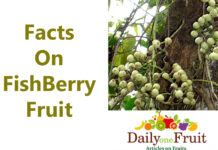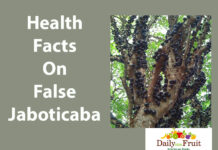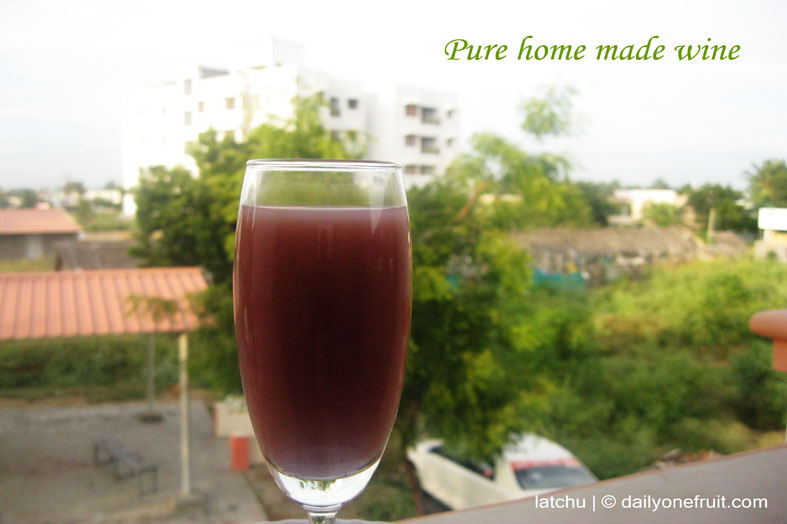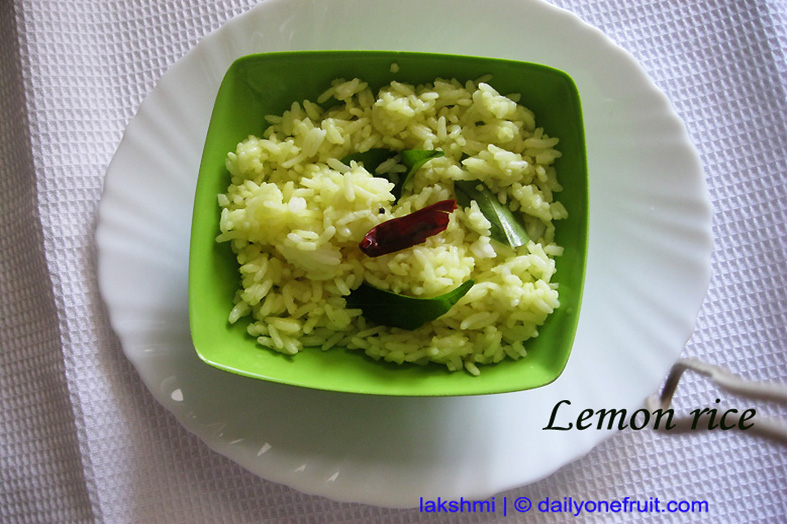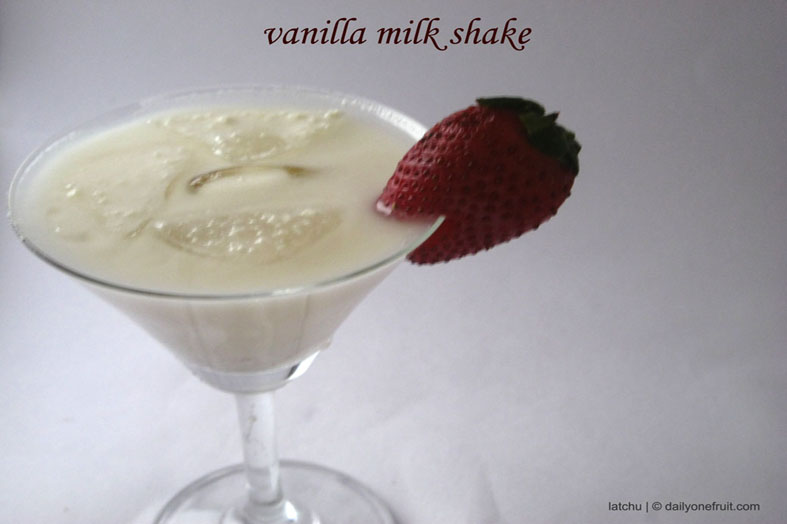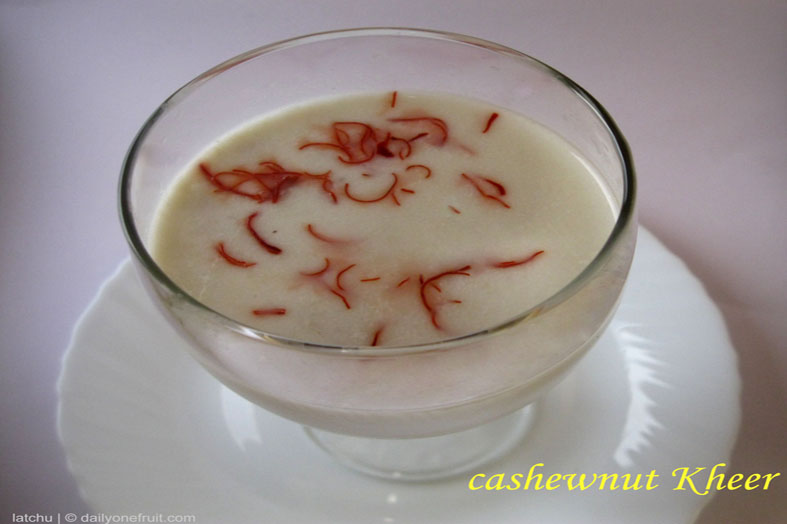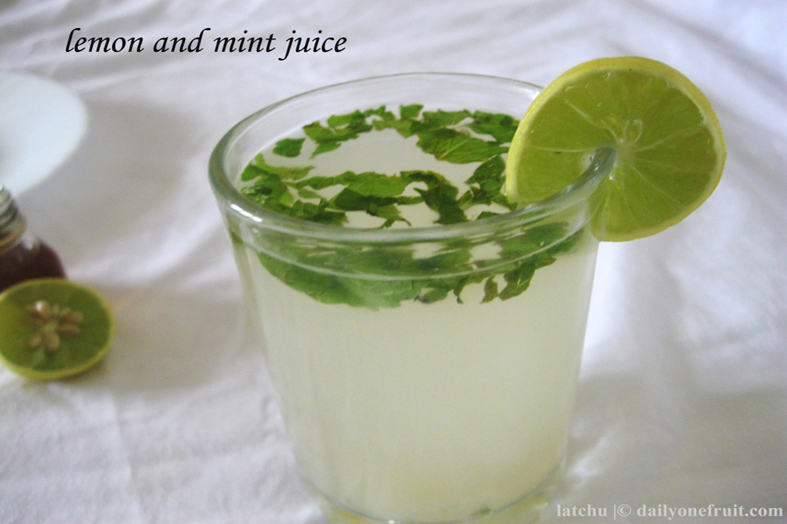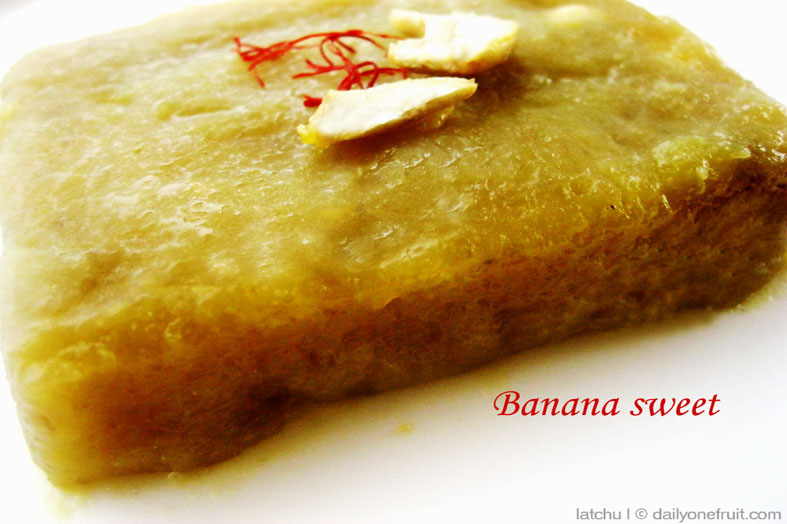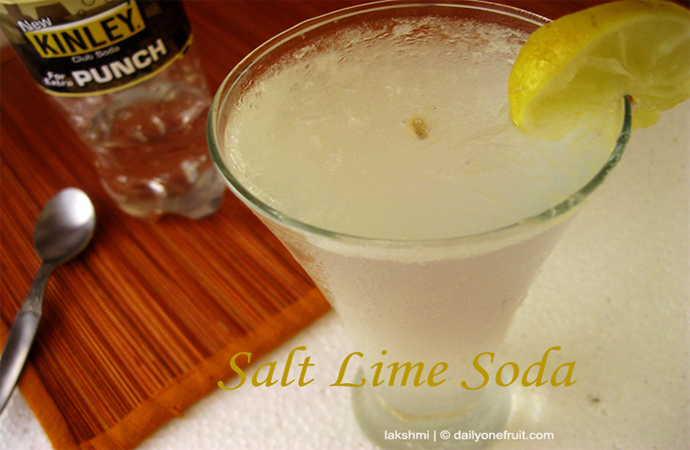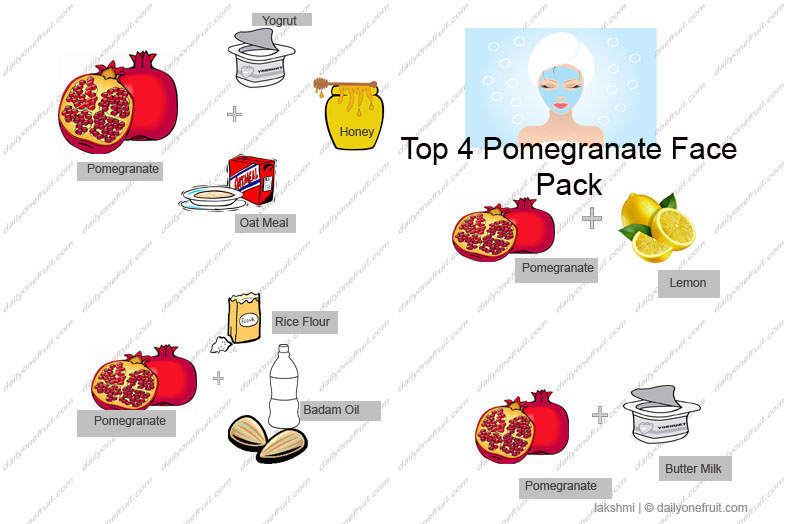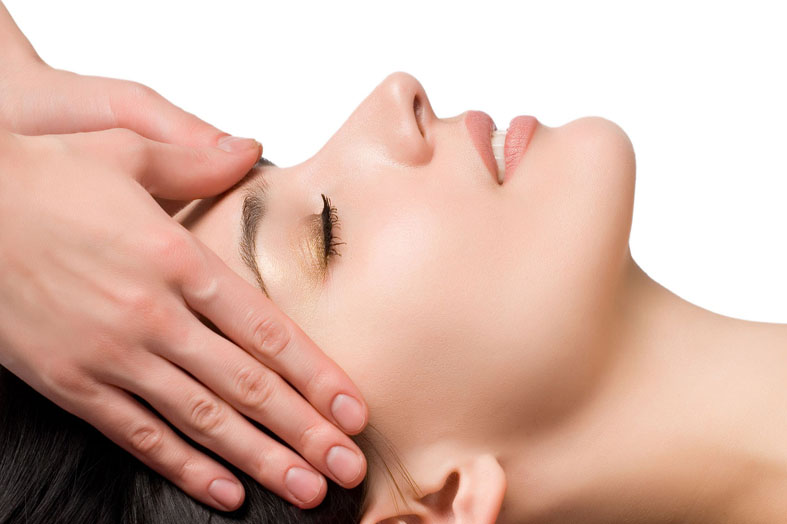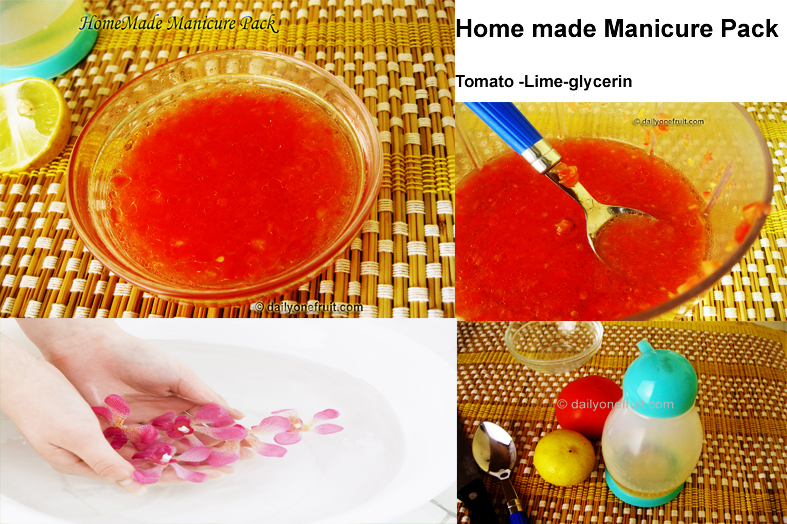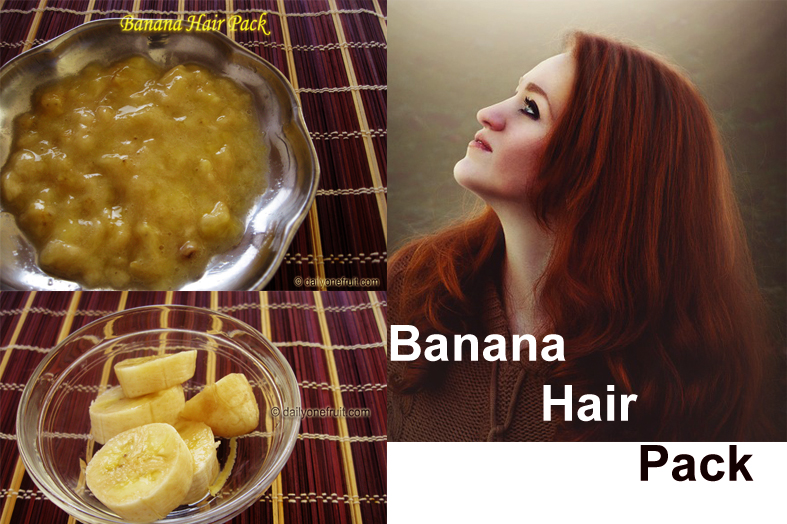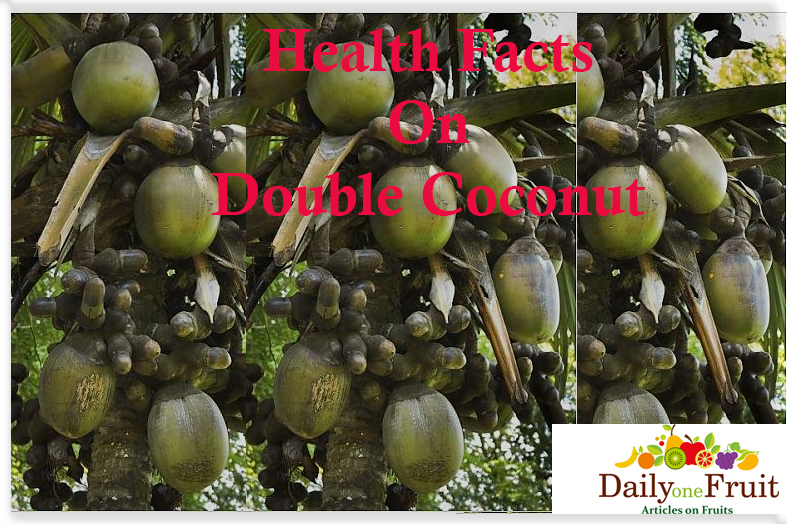
Health Facts On Double Coconut
Double Coconut is scientifically called as Lodoicea maldivica .
ORIGIN OF DOUBLE COCONUT
Lodoicea is a monotypic genus in the palm family.
The sole species, Lodoicea maldivica, is endemic to the islands of Praslin and Curieuse in the Seychelles.
OTHER NAMES OF DOUBLE COCONUT
sea coconut, coco de mer, double coconut, love nut, coco fesse, Seychelles nut
Malayalam: Aklarithenga (അക്ളാരിത്തേങ്ങാ, അക്ലാരിത്തേങ്ങാ)
APPEARANCE OF DOUBLE COCONUT
The tallest on record, measured on the ground after felling, was 56.7 m (186 ft) in total height.
The leaves are fan-shaped, 7–10 m long and 4.5 m wide with a 4 m petiole in mature plants.
Juveniles produce much longer petioles; up to 9 m (30 ft) or even 10 m (33 ft).
The male flowers are arranged in a catkin-like inflorescence up to 2 m (6.5 ft) long which continues to produce pollen over a ten-year period; one of the longest-living inflorescences known.
The mature fruit is 40–50 cm in diameter and weighs 15–30 kg, and contains the largest seed in the plant kingdom. The fruit, which requires 6–7 years to mature and a further two years to germinate.
TASTES OF DOUBLE COCONUT
Coco de Mer has a “mild citrus like quality, refreshing and sweet with earthy, spunky notes.” Some others have suggested that its flavour more closely resembles breast milk.
Health Facts On Double Coconut
The species is grown as an ornamental tree in many areas in the tropics (including, for example, botanical gardens in Sri Lanka and Thailand), and subsidiary populations have been established on Mahé and Silhouette Islands in the Seychelles to help conserve the species.
The Double Coconut fruit is used in Siddha medicine, Ayurvedic medicine and also in traditional Chinese medicine. In food, it is typically found as flavour enhancers for soups in southern Chinese cuisine, such as that of Guangdong Province.
The seeds of Lodoicea have been highly prized over the centuries; their rarity caused great interest and high prices in royal courts, and the tough outer seed coat has been used to make bowls such as for Sufi/Dervish beggar-alms kashkul bowls and other instruments.
In traditional Chinese medicine, it is used to treat inflammation, nausea and abdominal pain.
The Coco de Mer has always been highly prized for its beauty, taste and reputed healing powers. Although single nuts often sold for a king’s ransom, they were highly sought after by wealthy European noblemen who enhanced the nuts’ natural beauty by encrusted them with jewels.
The nut was no less popular among scientists who believed that it was a true panacea and could cure any malady.
Although many of its supposed healing powers have been disproved, the Coco de Mer still enjoys a healthy reputation as a potent aphrodisiac.











